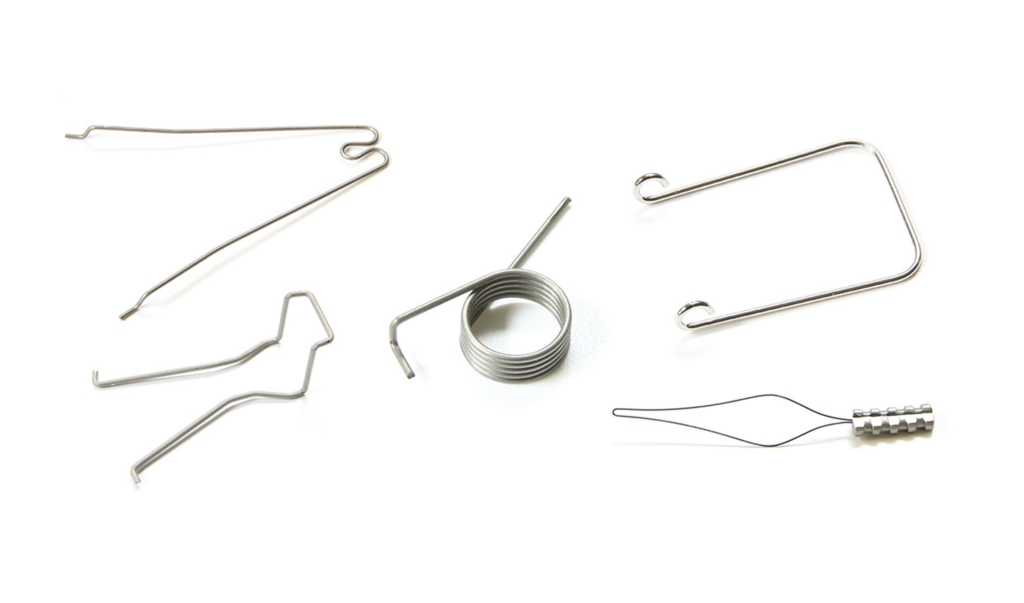Wire forms, those intricately shaped pieces of metal, underpin the functionality of myriad devices and systems across industries. Beyond their simplicity lies a world of engineering ingenuity and advanced manufacturing, turning basic wire into indispensable components.
Understanding Wire Forms
Wire forms are bent, cut, and shaped wires designed to fulfill diverse functions, from simple pins and hooks to complex geometrical shapes. The versatility of wire forms is matched only by the variety of materials from which they can be made, tailored to specific uses that require particular properties, such as conductivity, flexibility, or strength.
Diverse Applications Across Industries
From automotive to electronics, and healthcare, wire forms are omnipresent. In cars, they’re hidden within mechanisms like seat adjusters and suspension systems. In electronics, they’re fundamental in securing components and facilitating connections. The medical field utilizes wire forms in devices that save lives and improve health, showcasing their critical role in modern technology and convenience.
The Engineering Behind Wire Forms
Engineering wire forms is a complex process that demands a deep understanding of material science, physics, and manufacturing technologies. Engineers must consider various factors such as the wire’s diameter, the type of bend, the angle of the bend, and the stress the wire will undergo in its application. Material selection is paramount, with choices ranging from stainless steel for its resilience and corrosion resistance to softer metals like copper for its excellent electrical conductivity.
The design phase often involves sophisticated software to model and simulate the wire form’s performance under different conditions. This is crucial for ensuring that the final product can withstand the rigors of its intended use, whether that involves constant movement, exposure to harsh environments, or bearing significant loads.
Innovative Manufacturing Technologies
- CNC Wire Bending Machines: The cornerstone of wire form manufacturing, these machines bring designs to life with precision, handling complex bends and shapes effortlessly.
- Wire Forming Robots: These robots represent the pinnacle of efficiency and precision in wire form production, especially suited for intricate designs and high-volume production.
- Engineering and Machinery: A Symbiotic Relationship
- Custom Fabrication Tools: For specialized wire forms, custom fabrication tools and jigs are often used. These bespoke solutions are designed for unique applications where off-the-shelf machinery cannot achieve the required form or function.
Engineering and Machinery: A Symbiotic Relationship
The evolution of wire forms is a testament to the symbiosis between engineering innovation and machinery development. As engineers explore new applications and push for more complex designs, the machinery evolves, equipped with more sophisticated controls and capabilities to meet these challenges.
Further Exploration
For those intrigued by the science of wire forms and their applications, the following resources offer a wealth of information:
In Conclusion: The Art and Science of Wire Forms
Wire forms might seem mundane, but they embody the fusion of art and science, engineering precision, and manufacturing prowess. Their ubiquitous presence in countless applications underscores their importance. Companies like Jackson Spring & Mfg. Co. Inc., with their expertise in crafting high-quality wire forms, exemplify the industry’s commitment to innovation and quality. As we continue to push the boundaries of what’s possible, wire forms will undoubtedly play a pivotal role in shaping the future of technology and design.

